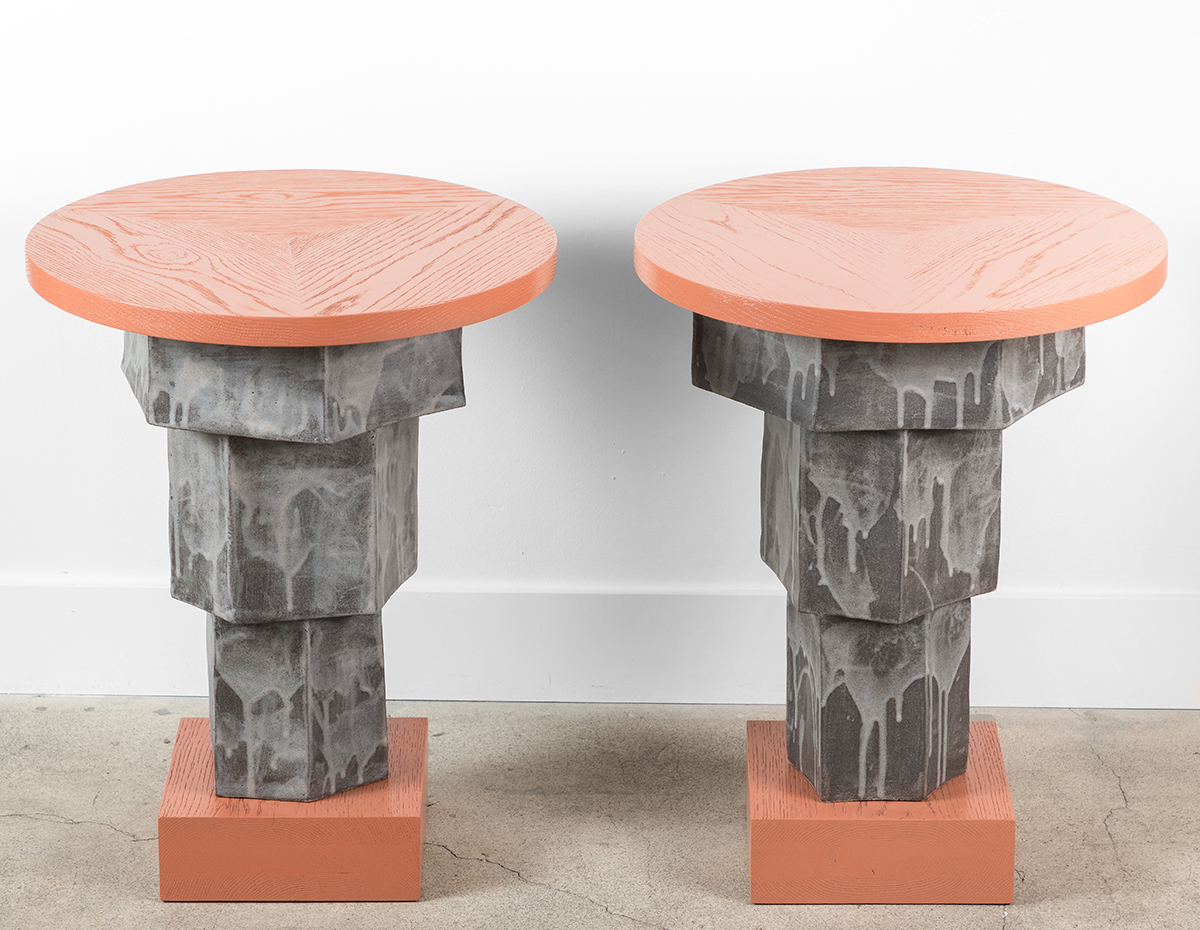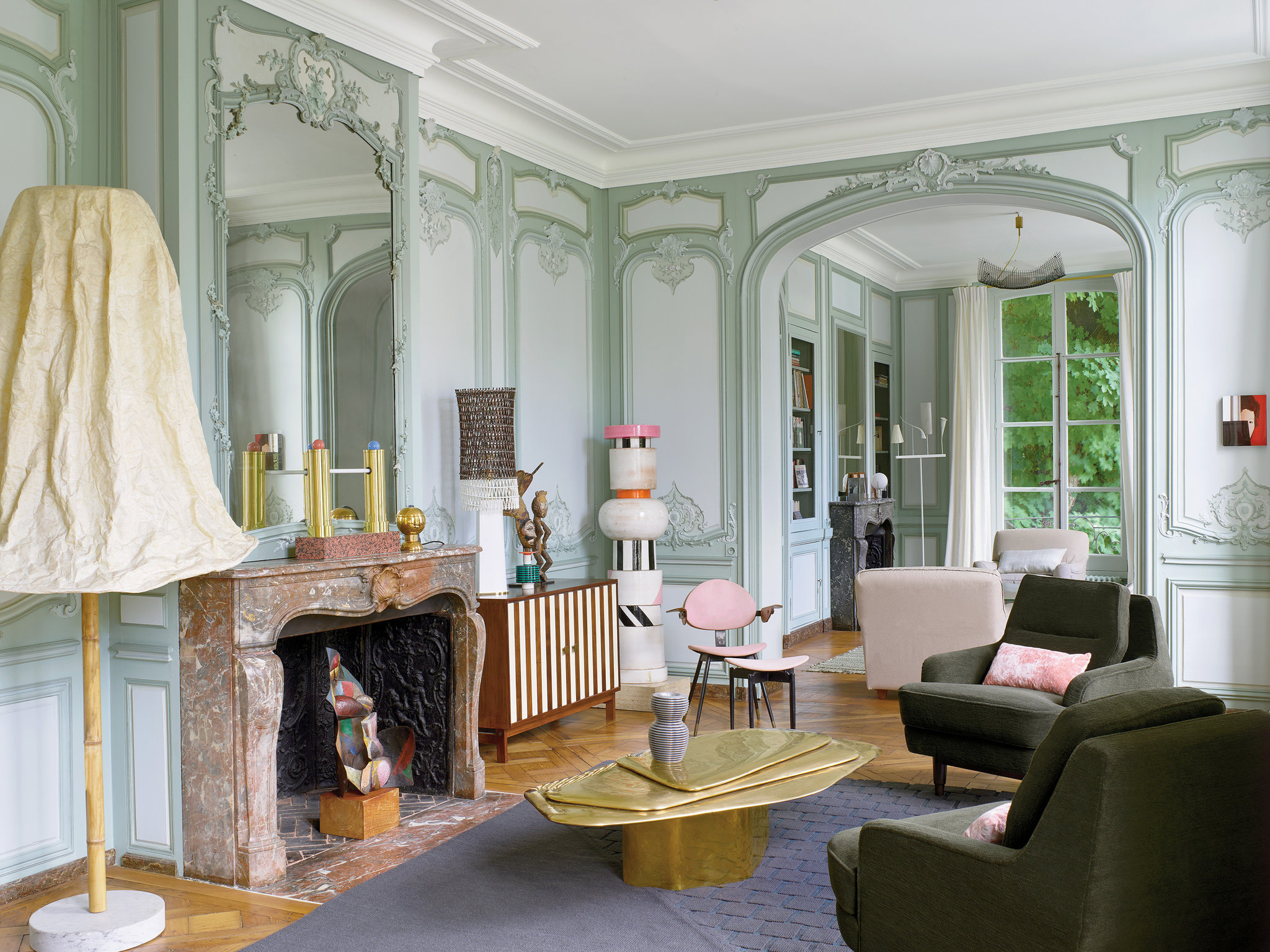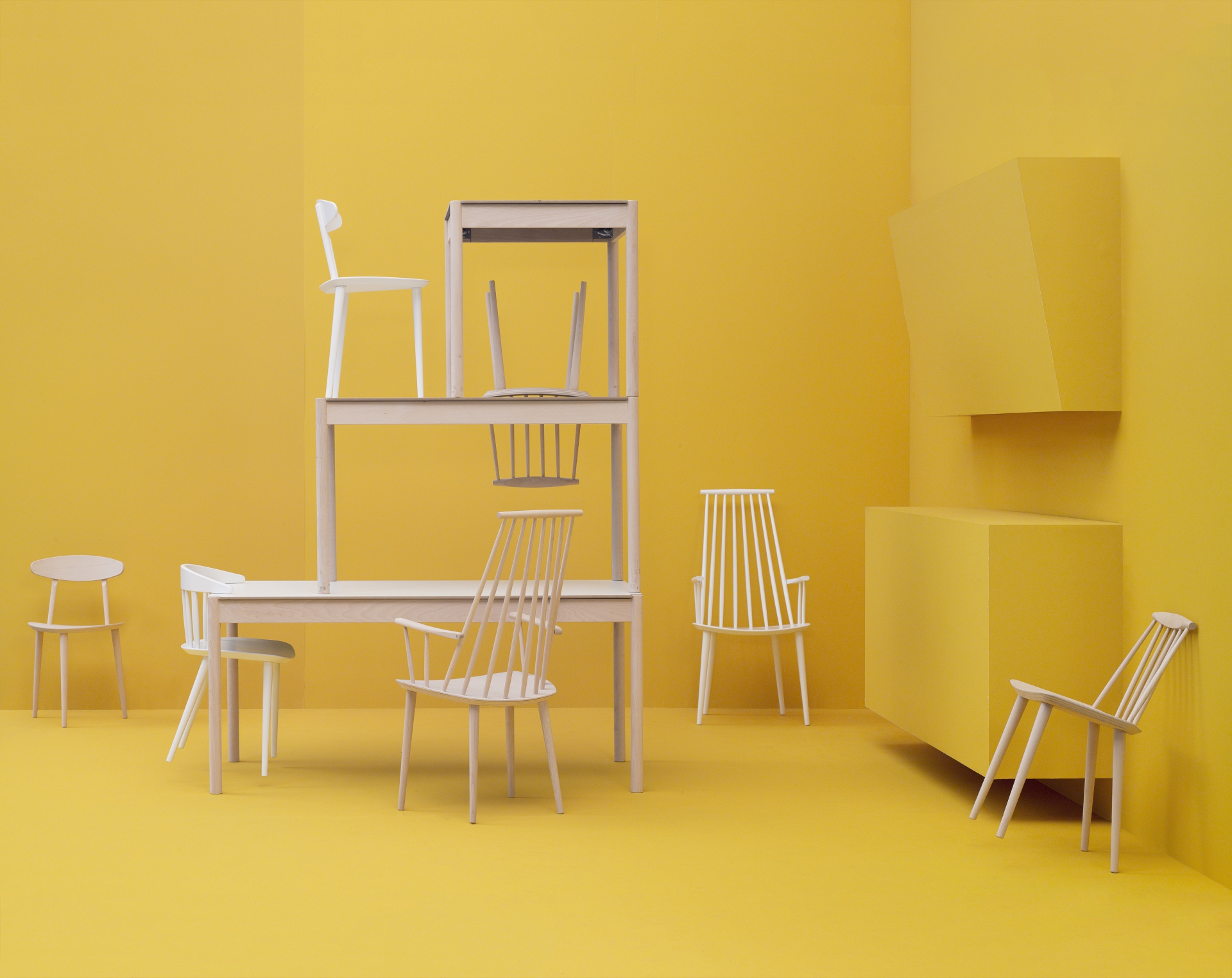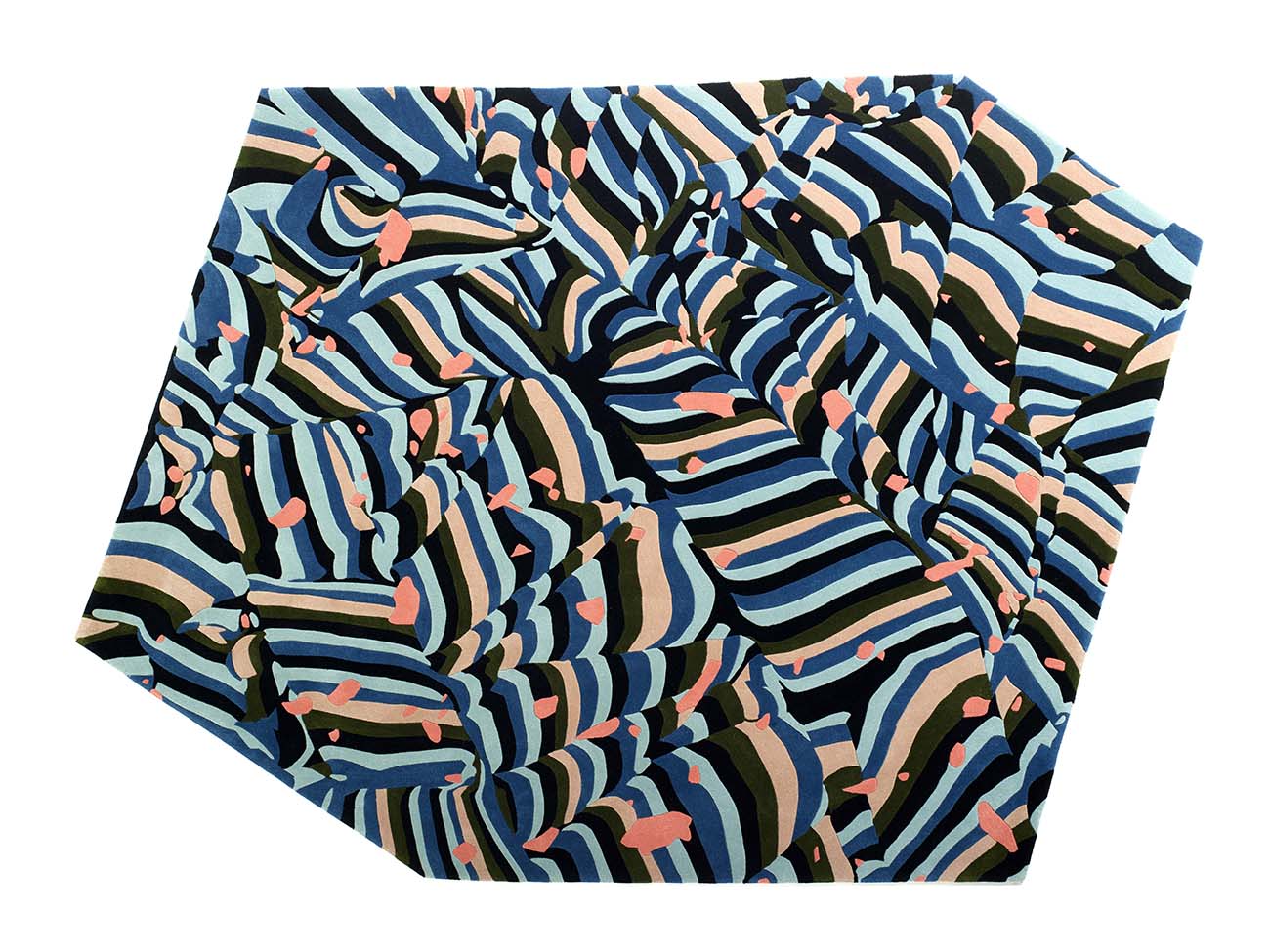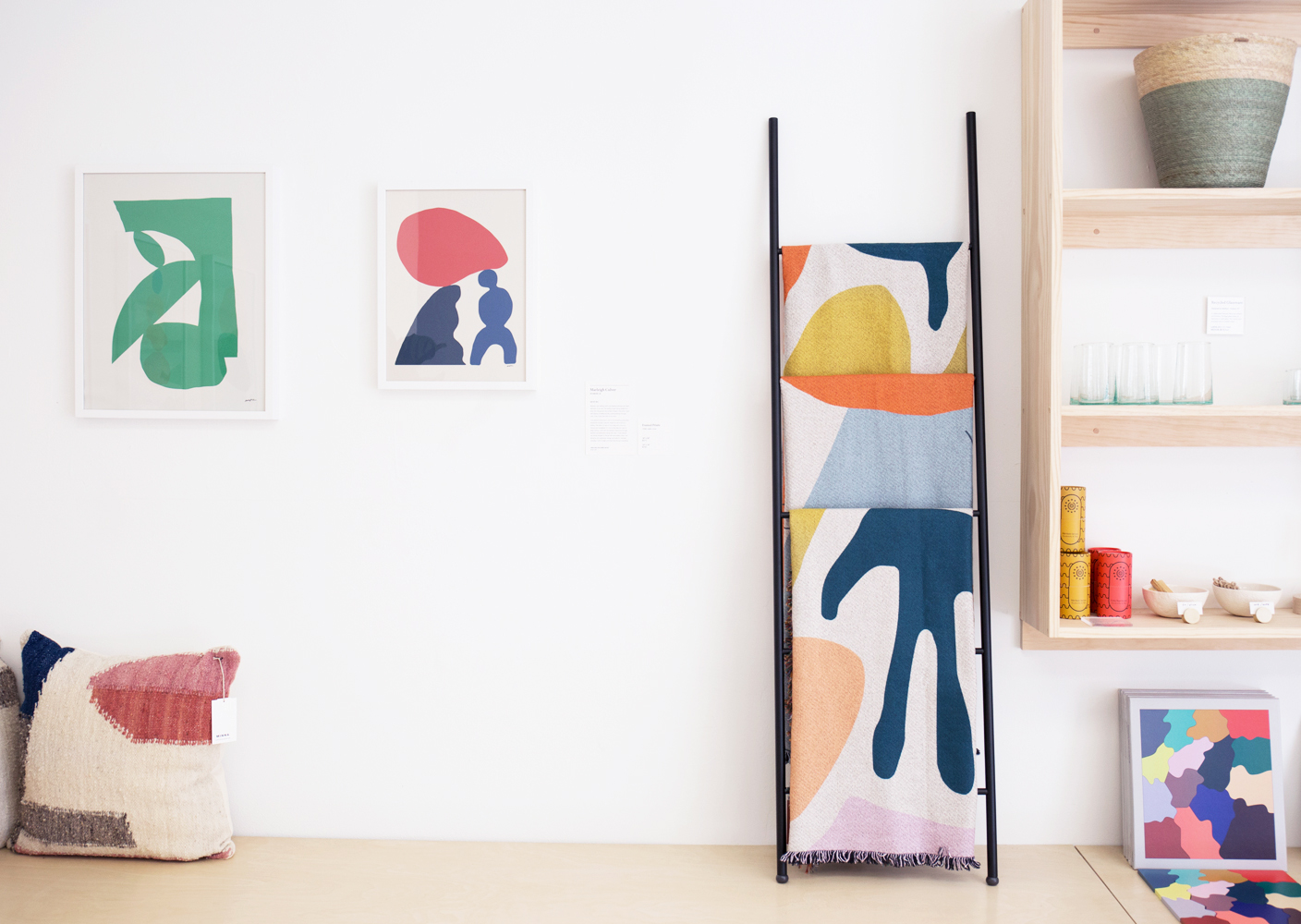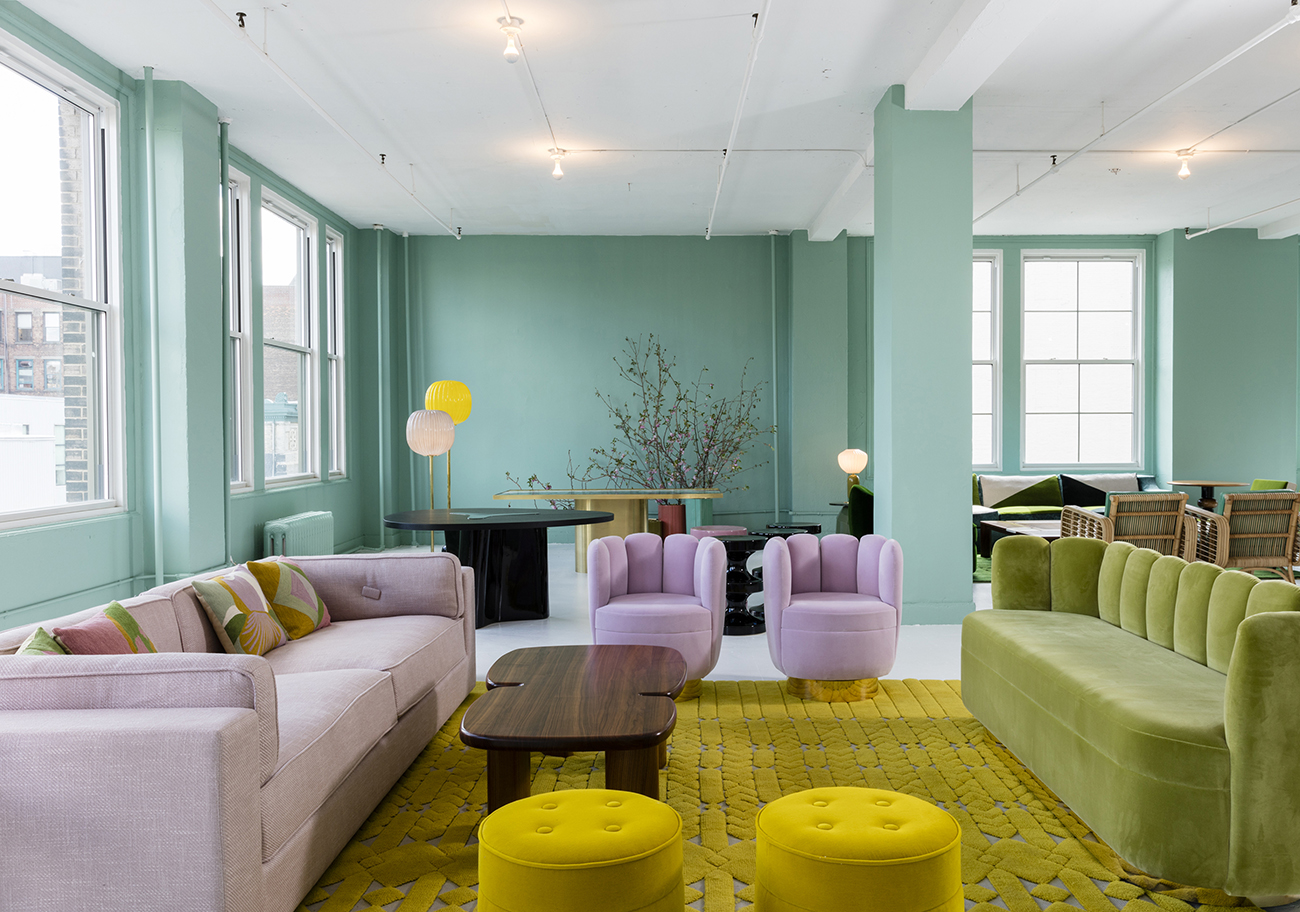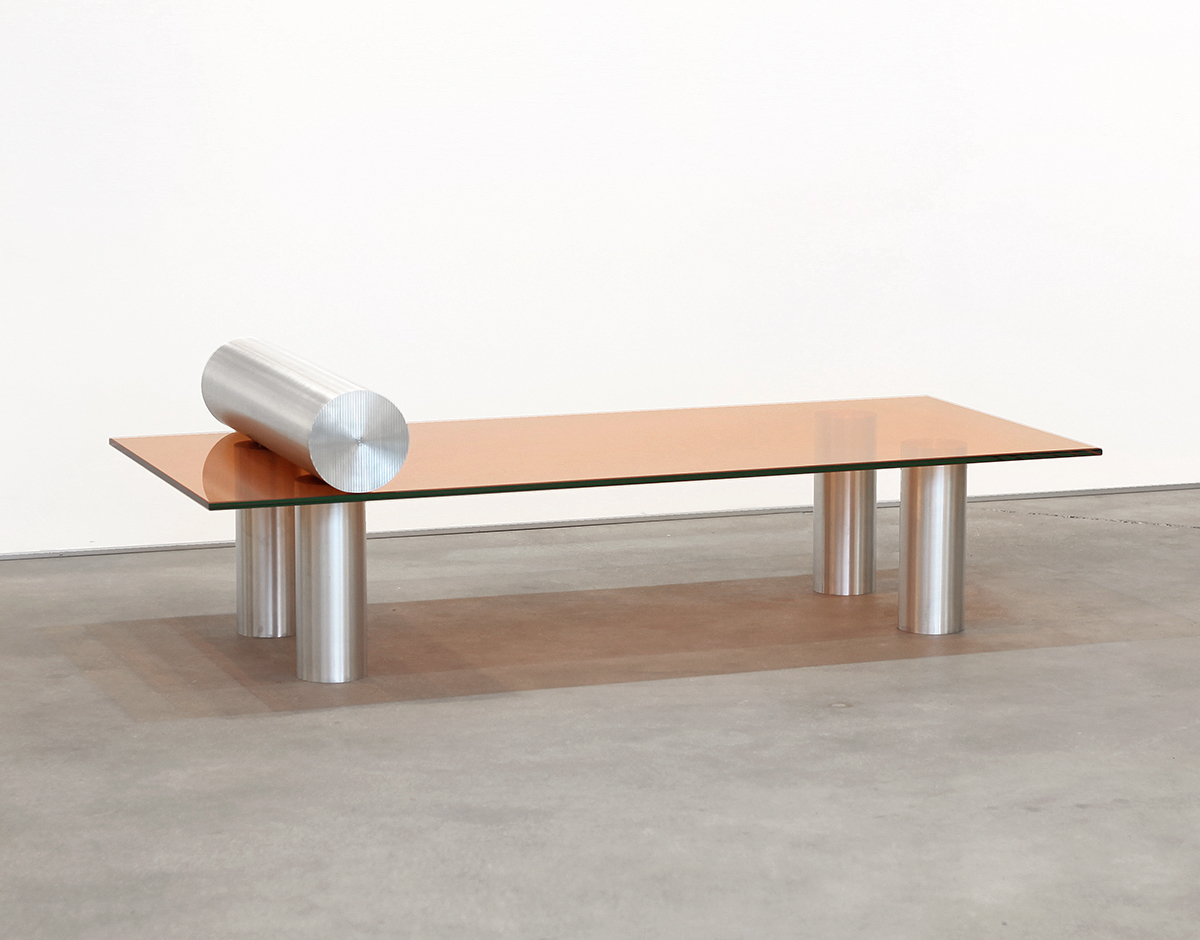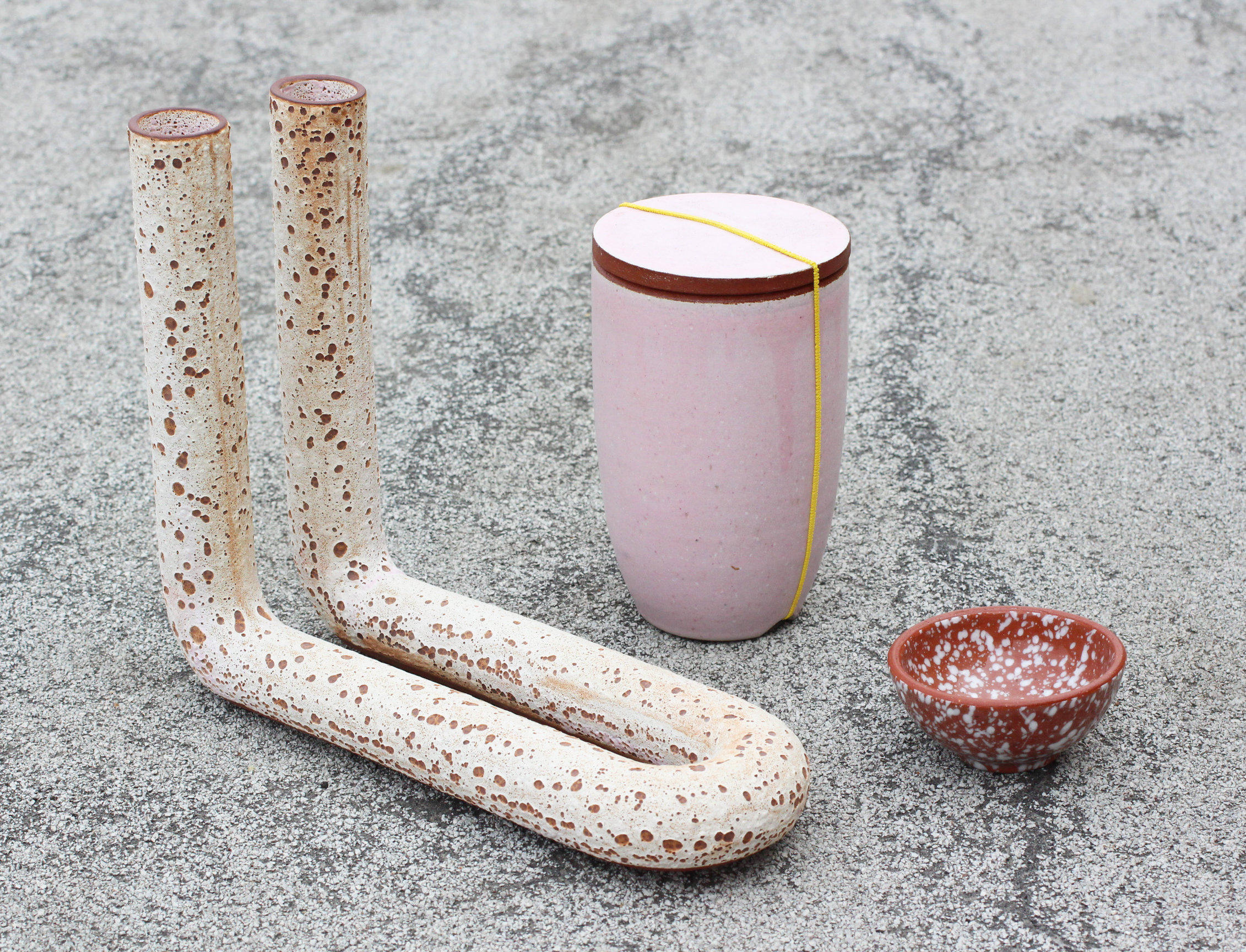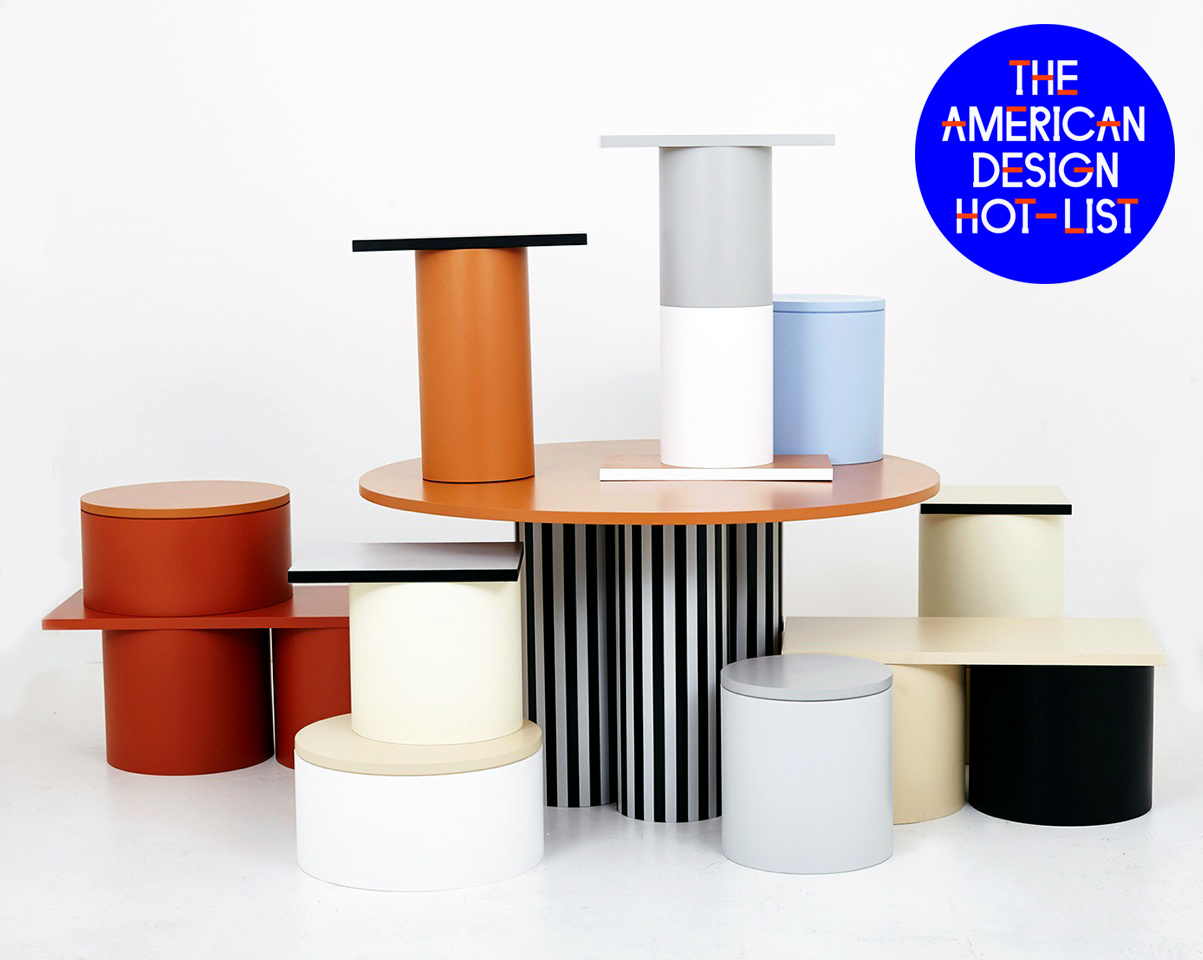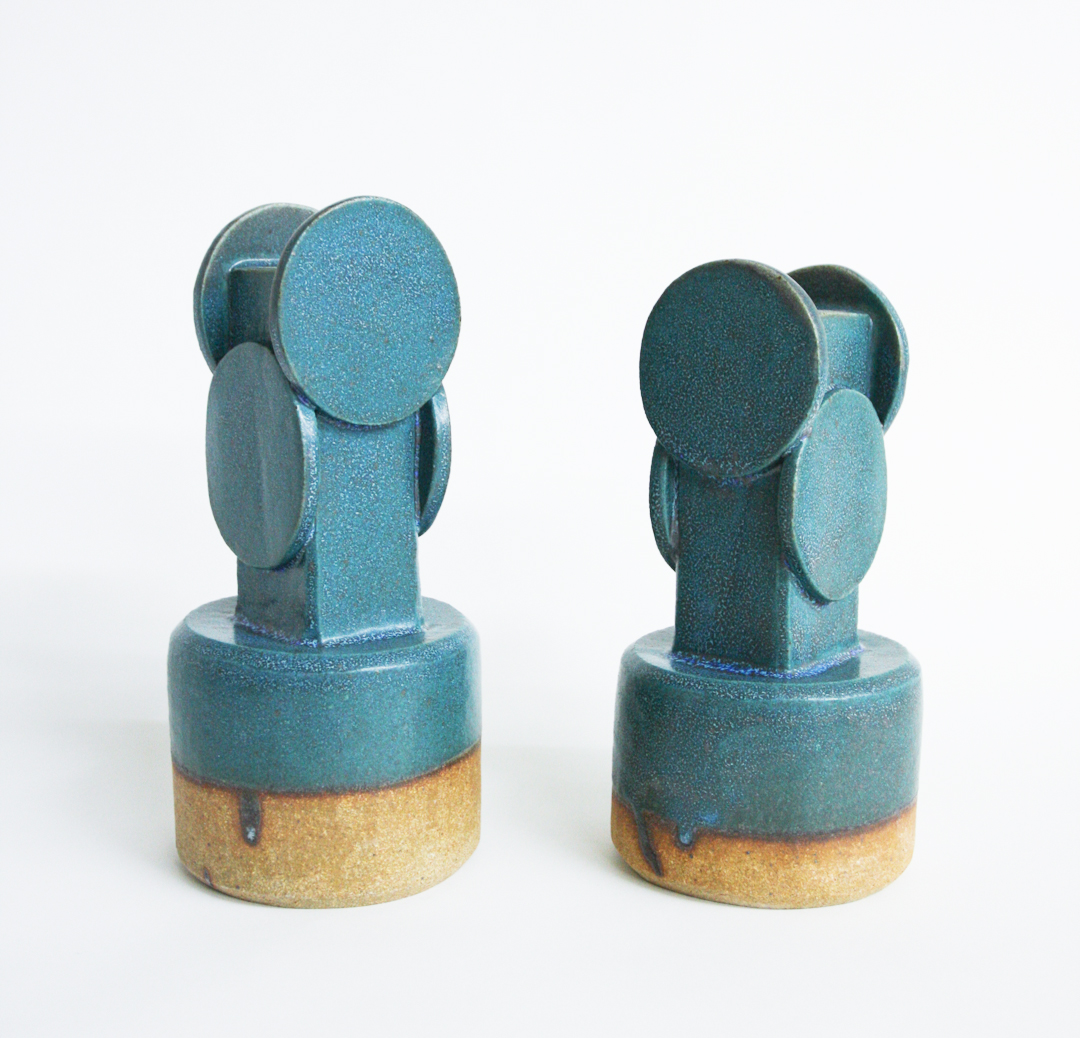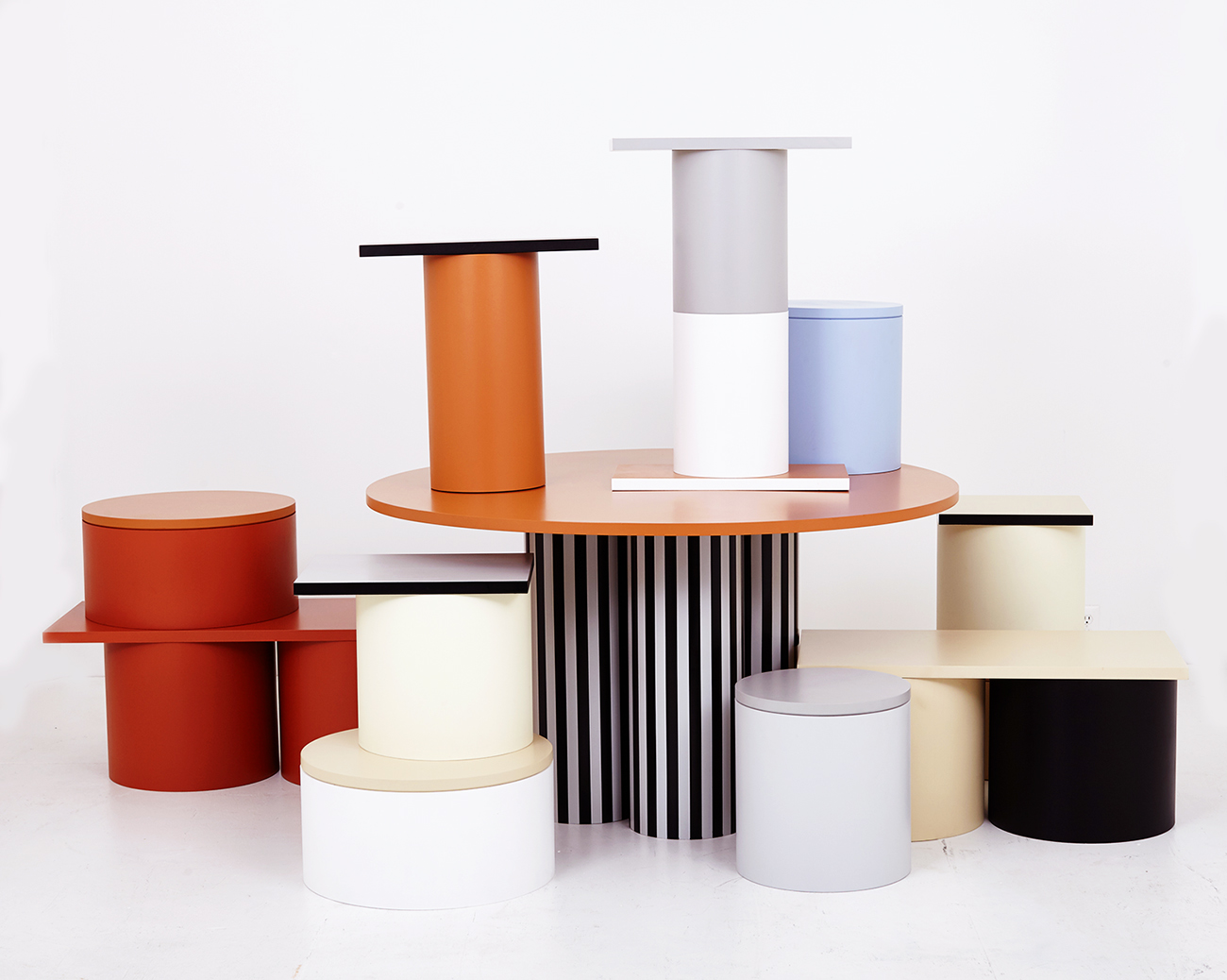Los Angeles, bzippyandcompany.com In both her design and fine art practices, Ziperstein is constantly reinventing what a piece of ceramic art can, and ought, to be. What is American design to you, and what excites you about it? To me, American design is about a focused moxie to break rules in terms of scale, material choices, and stretching new outlets to sell or display one’s work. Having the ability to move between the fine art and design worlds (or the space between design, art, craft), where materials that are traditionally functional have a different use, value, and output. With a conceptual education at Cal Arts, rather than a traditional ceramics technical background – my investment in ceramics is less weighted in showing off technical tricks. Rather it’s about creating a new ceramic silhouette with unexpected processes that excites me. What are your plans and highlights for the upcoming year? I’m working on my next collection of large-scale pottery, with a continued investigation into terracotta, rope, and scale, and I’m participating in Rachel Comey’s ceramic event in both Los Angeles and New York City, opening December 5 through the new year. A few projects are still in the planning stages including several hotel and restaurant commissions. This upcoming year I have a solo museum show at UCSB Museum of Art, Architecture, and Design. It will be my first solo show in more than four years, since distinguishing between my fine art practice and my editioned design works. “Fair Trade” consists of new work related to communist propaganda I researched while at the Wende Museum, a repository of Cold War artifacts. Using posters and ephemera as my starting point, I’m creating a dynamic installation that brings together a series of ceramic sculptures — vessels and decorative panels — that borrow from, and manipulate government-sanctioned images of women. These works form part of a faux trade show booth, which is based on specifications for Soviet Russian public information displays and industrial fairs. Complementing the installation are Soviet propaganda posters on special loan from the Wende that inspired portions of the project. What inspires or informs your work in general? The transformation of clay and testing its technical limits informs so much of my practice, from testing how to make a flat 28-inch ceramic slab to making a three-foot leather embossed image with equal pressure and consistency. With both practices, the experimentation of combining soft woven …
Continue reading Bari Ziperstein

